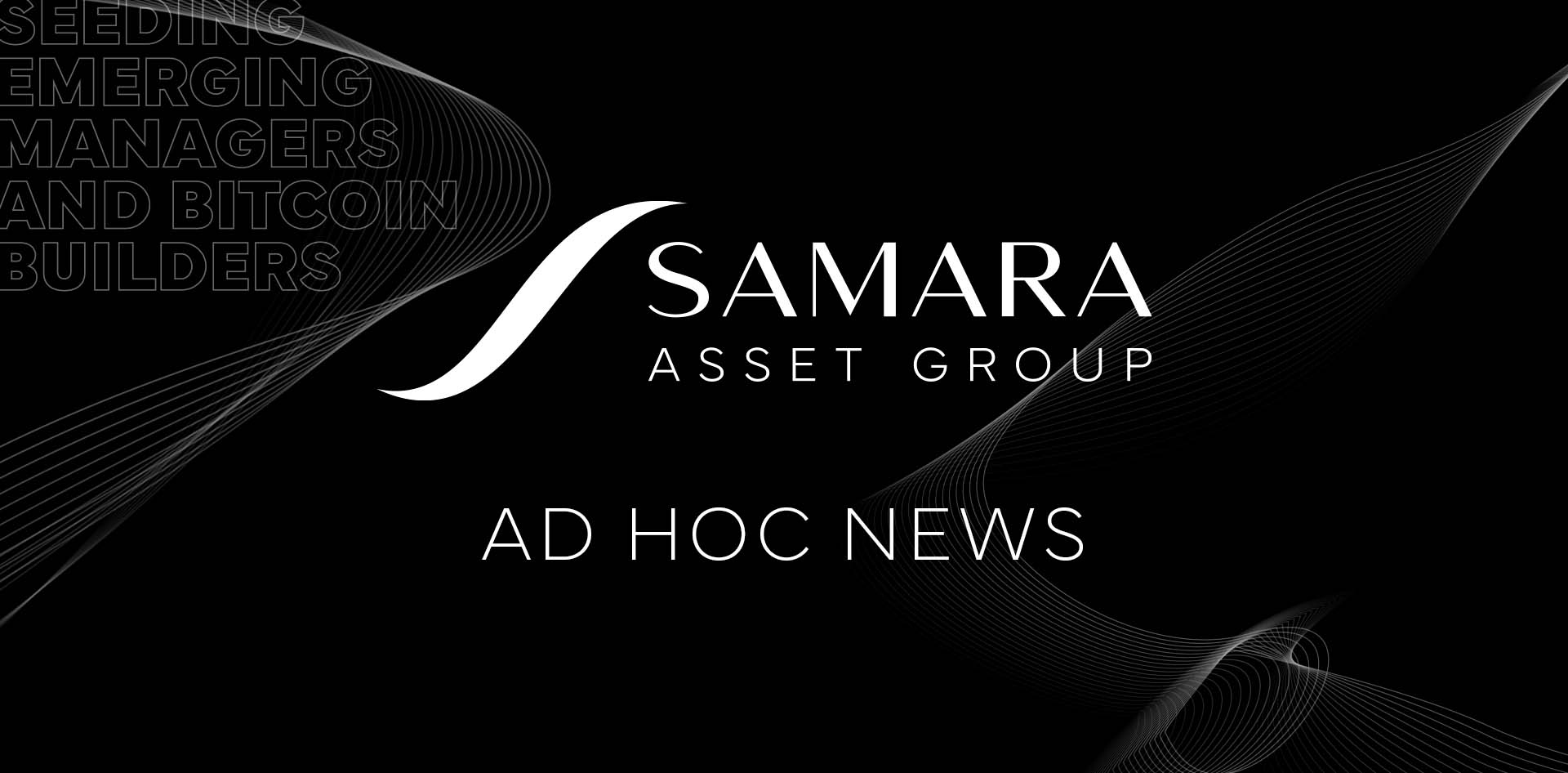Bitcoin
Bitcoin CPI
Venture Portfolio
Funds
Market Insights
Indicators
About
Contact

March 14, 2024





Real-world asset tokenization is reshaping the way people invest in physical assets in a world that's becoming rapidly digitized. This guide explores the different facets of this evolutionary breakthrough in the world of investment and finance powered by blockchain.
Real-world asset (RWA) tokenization converts the ownership of intangible or physical assets, such as real estate, artwork, or commodities, into blockchain-based digital assets using smart contracts.
Tokenizers, companies that manage the legal, technical, and regulatory aspects of the RWA tokenization process, facilitate the process.
Transforming real-world assets, like real estate, art, or commodities, into digital assets through tokenization enhances their accessibility and liquidity as they can be traded quickly and owned in fractional shares.
RWA tokenization leverages blockchain technology's transparency, security, and efficiency to make otherwise illiquid assets more accessible to more investors and simplify the process of buying, selling, and transferring ownership.
RWA tokenization involves using blockchain technology to issue digital tokens representing a stake or a share in an asset.
Being on a blockchain makes the tokens secure and transparent and makes it easy to track their ownership and related transactions.
Blockchain technology ensures transaction transparency, immutability, and security. The decentralized ledger system records every transaction involving individual tokens, thus eliminating the risk of fraud or unauthorized alterations.
Tokenization differs from traditional asset management practices by facilitating global accessibility, fractional ownership, and enhanced efficiency. It democratizes access and streamlines the process of buying, selling, and transferring real-world assets.
Some decentralized finance platforms accept tokenized real-world assets as collateral for loans, using typical loan-to-value ratios, benefiting borrowers seeking stablecoins or other tokens. The use of real-world assets as collateral enables DeFi to innovate by digitizing tangible assets.
Integrating real-world assets into DeFi lending introduces enhanced stability, mitigating typical risks associated with crypto collateral. Lenders trust reliable tangible assets' valuation patterns as a safeguard to their interests, further fortifying the DeFi ecosystem.
In addition to the stability it brings, integrating real-world assets into DeFi promotes trust and has the potential to attract more participants, including institutional players. Consequently, DeFi could mature quicker, bridging the gap between traditional and crypto finance systems and offering products similar to those of conventional financial entities.
Furthermore, the growth of RWA tokenization is likely to legitimize DeFi and facilitate regulatory compliance, positioning it as a secure alternative to traditional financial systems.
As a new digital investment vehicle linking physical assets like art, real estate, and precious metals, real-world asset tokenization has several benefits compared to traditional asset ownership and transfer methods.
Let’s take a look at them.
As the world continually digitizes tokenization holds the key to streamlining and simplifying financial transactions, ownership, and transfer of assets.
RWA tokenization is still in its infancy, but it is poised to grow further with continued adoption as the concept finds additional use cases.
As it continues evolving and integrating with existing financial systems, tokenization is likely to introduce diverse products and new forms of asset-backed securities.
We can expect an expansion of the real-world assets market as blockchain technology and surrounding regulatory frameworks develop. This will open up new investment avenues as some assets traditionally facing restrictions on divisibility, transferability, and high entry barriers incorporate RWA tokenization, making them more accessible.
Most importantly, the dynamism and advancement of blockchain technology will improve the security, efficiency, and scalability of RWA tokenization, enhancing the merger of digital and traditional finance.
Real-world asset tokenization converts tangible assets into digital tokens to be easily managed, traded, and transferred using blockchain technology's distributed ledger system. The process facilitates asset ownership or investment in digital format, creating an innovative layer of security and efficiency.
Some examples of real-world tokenization include representing real estate properties, tokenized gold, or fractionalized shares of tokenized art. NFTs are unique tokens that are verifiably different from any other blockchain token, making them apt representations of every separate asset.
Tokenizing real-world assets encompasses digitizing the ownership of a tangible financial asset and storing it in a blockchain. Once you select the asset you want to be tokenized, you choose a blockchain platform and tokenomics model, create a smart contract, and integrate it into a digital wallet. The tokens become digital deeds or certificates of ownership representing the underlying assets, which can then be launched for trading on primary and secondary markets.
RWA tokenization transforms and democratizes an asset's financial and investment spheres, increasing liquidity and investor access. The process opens up the asset to global opportunities, making it more inclusive and accessible.
Furthermore, RWA tokenization increases efficiency by fractionalizing high-value assets, making them available 24/7 on crypto exchanges, and fast-tracking transactions by bypassing intermediaries.